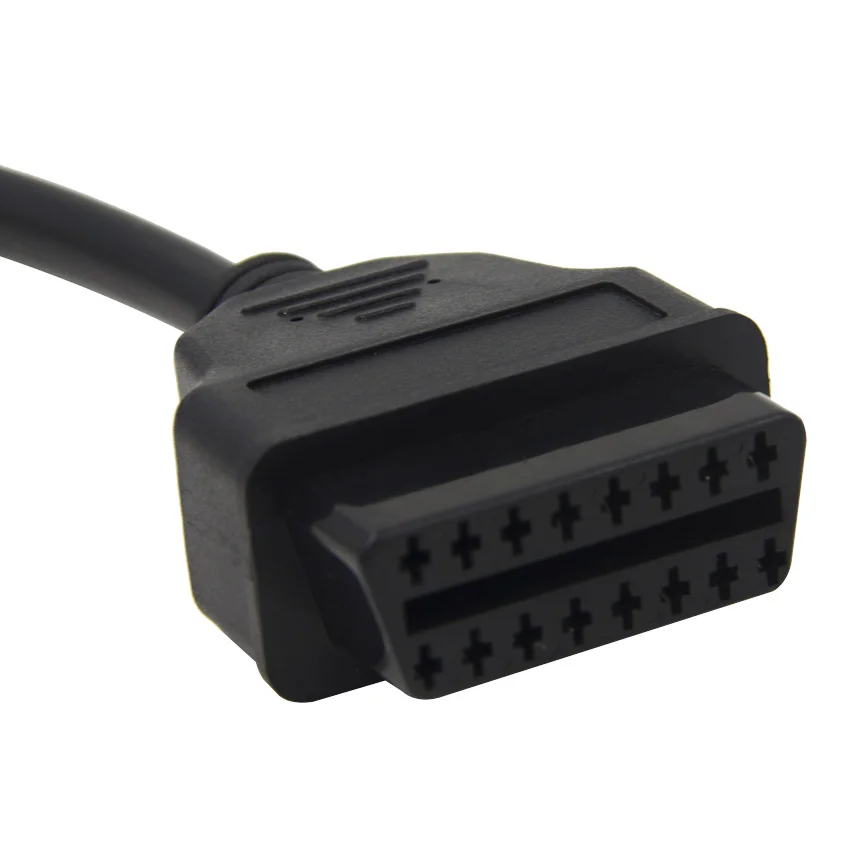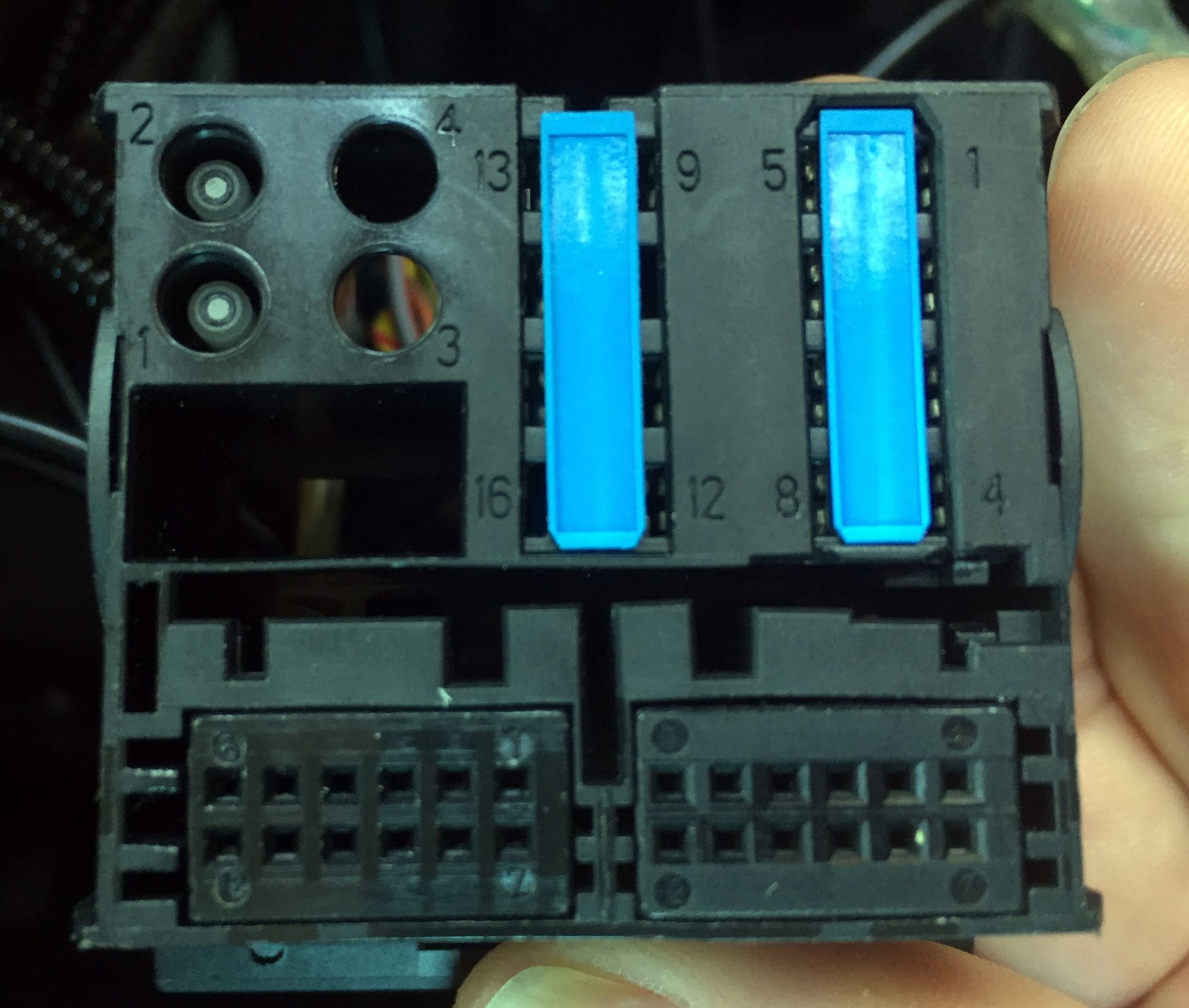Virtual COM Port DriversVirtual COM Port Drivers for Ross-TechUSB InterfacesOlder Ross-Tech RS-232Serial interfaces can be set to power up as 'dumbK-Line pass through'interfaces. This allowed those old Serial interfacesto be compatible with a wide variety of third-partyapplications which expect a 'K-line pass-through' serialinterface. However, our USB interfacespresent additional challenges. Earlyin their development, we found a number of technicaladvantages to using a 'direct' USB driver which bypassesthe Windows Serial drivers entirely.
PCAN-USB CAN Interface for USB. Device drivers for PEAK CAN interfaces from Kernel 2.4 and higher. Pass-Thru API and connection of Pass-Thru software to PEAK CAN interfaces. Installation for Windows ® 10, 8.1, 7 (32/64-bit) includes interface DLLs, a configuration software, the PCAN-Basic API, and the PCAN-ISO-TP API. The PCAN-USB adapter enables simple connection to CAN networks. Its compact plastic casing makes it suitable for mobile applications. The opto-decoupled version guarantees galvanic isolation of up to 500 Volts between the PC and the CAN side.
Hencethe USB drivers that ship with VCDS do not emulate aserial COM port and cannot be used with applications thatexpect to communicate via a serial port.NOTE: The following applies to ourlegacy USB interfaces (HEX-USB, KII-USB andHEX-USB+CAN). It does NOT apply to ourcurrent HEX-V2 or HEX-NET interfaces. Thesenew interfaces do not use a USB UART chip and cannot be beused for 'dumb K-line pass-through'!In order to facilitate the use ofthird-party applications which expect to communicate with a serialinterface, drivers that emulate a COM port are available.However, anyone thinking about using them needs to be aware of thefollowing points:.We do not offer installation support for these drivers. Theyshould be used only by someone who is competent/comfortableinstalling (and possible uninstalling) USB drivers on his PC.We cannot offer any support for third-party software, nor anyguarantee that it will work correctly with these drivers. Ofcourse, the same would apply with a serial interface as well.That said, here some installationnotes:.These drivers are compatible withWindows 2000 and newer.
They should work with W2K,XP-32, XP-64, Vista-32 and Vista-64. We do nothave any VCP drivers for Windows 98!.Unzip the contents of the downloadinto a new folder.With an interface plugged in, findit in Device Manager, right-click it, and select Update Driver.Depending on what drivers yoursystem already has installed, you may have to 'force' these bytelling the wizard not to search, but to let you specify whatdriver to install, then doing the Have Disk and Browse thing.There's also the possibility thatthe Virtual COM Port won't install automatically. We'vefound no real pattern why it does on some systems and not onothers. If it does not, find the interface in Device Manager.The name should show '. Open the properties sheet,click the Advanced tab, and make sure Load VCP is checked. Oncechecked, disconnect and re-connect the interface.Once the USB Serial Port isinstalled, you may need to change the COM Port Number (dependingon how high a number the applications supports). DeviceManager, Properties sheet for the USB Serial Port, Port Settingstab, Advanced button.
The COM Port Number may change if you plugthe interface into a different USB port, so I'd recommend alwaysusing the same USB port.VCDS should continue to work finewith these drivers installed. Leave VCDS set to USB, not aVirtual COM Port!Assuming you've read and understand all of the above, you candownload the 'Virtual COM Port' drivers here:Virtual COM Port DriversUnlessotherwise noted, all content on this site is Copyright (c) 2000-2017 byRoss-Tech LLC. All rights reserved.' VCDS', 'VCDS-Mobile' and'HEX-NET' are Registered Trademarks of Ross-Tech, LLC.Ross-Tech is not affiliated with the Volkswagen Group in any way.

1 PCAN-USB CAN Interface for USB User Manual Document version ( )2 Products taken into account Product Name Model Part Number PCAN-USB IPEH PCAN-USB opto-decoupled Galvanic isolation for CAN interface IPEH The cover picture shows the product PCAN-USB opto-decoupled. CANopen and CiA are registered community trade marks of CAN in Automation e.v. All other product names mentioned in this document may be the trademarks or registered trademarks of their respective companies. They are not explicitly marked.
Copyright 2015 PEAK-System Technik GmbH Duplication (copying, printing, or other forms) and the electronic distribution of this document is only allowed with explicit permission of PEAK-System Technik GmbH. PEAK-System Technik GmbH reserves the right to change technical data without prior announcement.
The general business conditions and the regulations of the license agreement apply. All rights are reserved. 12 Figure 2: PCAN-USB board (IPEH ), solder field JP3 5-Volt supply None Pin 1 Pin 9 Pin 1 + Pin 9 PCAN-USB, solder field JP3 Figure 3: Bottom side of the PCAN-USB opto-decoupled board (IPEH ), solder field R11 5-Volt supply None Pin 1 PCAN-USB opto-decoupled, solder field R11 For reassembly place the board overhead onto the top part of the casing. Ensure that the cable is lying with the strain relief in the cutout of the casing, and that the LED is placed in the corresponding hole. Push the bottom part of the casing onto the top part (the latches click in). 1213 Attention!
Risk of short circuit! If the option described in this section is activated, you may only connect or disconnect CAN cables or peripheral systems (e.g. External bus converters) to or from the PCAN-USB adapter while it is de-energized (the adapter is not connected to the computer). Consider that some computers still supply the USB ports with power even when they are turned off (standby operation).
14 3.3 Cabling Termination A High-speed CAN bus (ISO ) must be terminated on both ends with 120 Ohms. Otherwise, there are interfering signal reflections and the transceivers of the connected CAN nodes (CAN interface, control device) will not work.
The PCAN-USB adapter does not have an internal termination. Use the adapter on a terminated CAN bus Example of a Connection Figure 4: Simple CAN connection In this example, the PCAN-USB adapter is connected with a control unit by a cable that is terminated at both ends Maximum Bus Length High-Speed-CAN networks may have bit rates of up to 1 Mbit/s. The maximum bus length depends primarily on the bit rate. The following table shows the maximum possible CAN bus length at different bit rates: 1415 Bit rate Bus length 1 Mbit/s 40 m 500 kbit/s 110 m 250 kbit/s 240 m 125 kbit/s 500 m 50 kbit/s 1.3 km 20 kbit/s 3.3 km 10 kbit/s 6.6 km 5 kbit/s 13.0 km The listed values have been calculated on the basis of an idealized system and can differ from reality.
1516 4 Operation 4.1 Status LED The PCAN-USB adapter has a red status LED which can be in one of the following conditions: Status On Slow blinking Quick blinking Meaning There's a connection to a driver of the operating system. A software application is connected to the adapter. Data is transmitted via the connected CAN bus.
4.2 Unplugging the USB Connection Under Windows the icon for removing hardware safely is not used with the PCAN-USB adapter. You can unplug the adapter from the computer without any preparation. 4.3 Distinguishing Several PCAN-USB Adapters You can operate several PCAN-USB adapters on a single computer at the same time.
The supplied program PCAN-View allows the assignment of device IDs in order to distinguish the adapters in a software environment. Fore more information see section on page17 5 Software and API This chapter covers the provided software PCAN-View and the programming interface PCAN-Basic. 5.1 Monitor Software PCAN-View PCAN-View is simple Windows software for viewing, transmitting, and logging CAN- and CAN FD messages. Note: This chapter describes the use of PCAN-View with a CAN adapter. Figure 5: PCAN-View for Windows 1718 Do the following to start and initialize PCAN-View: 1. Open the Windows Start menu or the Windows Start page and select PCAN-View.
The dialog box for selecting the hardware and for setting the parameters appears. Figure 6: Selection of the specific hardware and parameters 2. From the list Available PCAN hardware, select the desired interface to be used. Select the bit rate that is used by all nodes on the CAN bus from the dropdown list Bit rate. Use the button to the right of the drop-down list to create User-defined bit rates. Under Filter settings you can limit the range of CAN IDs to be received, either for standard frames (11-bit IDs) or for extended frames (29-bit IDs). Activate the Listen-only mode if you do not actively participate in the CAN traffic and just want to observe.
Usb Audio Interface Driver
This also avoids an unintended disruption of an unknown CAN environment (e.g. Due to different bit rates).
Finally, confirm the settings in the dialog box with OK. The main window of PCAN-View appears (see Figure 7) Receive/Transmit Tab Figure 7: Receive/Transmit tab The Receive/Transmit tab is the main element of PCAN-View. It contains two lists, one for received messages and one for the transmit messages. Representation of CAN data is in hexadecimal format. 1920 Do the following to transmit a CAN message with PCAN-View: 1. Select the menu command Transmit New Message (alternatively or Ins).

The dialog box New Transmit Message is shown. Figure 8: Dialog box new transmit message 2. Enter the ID and the data for the new CAN message. The field Cycle Time indicates if the message shall be transmitted manually or periodically. If you want to transmit the message periodically, you must enter a value greater than 0. For a manual-only transmission enter Confirm the entries with OK. The created transmit message appears on the Receive/Transmit tab.
You trigger selected transmit messages manually with the menu command Transmit Send (alternatively Space bar). The manual transmission for CAN messages being transmitted periodically is carried out additionally.
Tip: Using the menu command File Save the current transmit messages can be saved to a list and loaded for reuse later on. 2021 5.1.2 Trace Tab Figure 9: Trace tab On the Trace tab the data tracer of PCAN-View is used for logging the communication on a CAN bus. During this process the CAN messages are cached in the working memory of the PC. Afterwards they can be saved to a file. The tracer can be configured to run in linear or in ring buffer mode. In linear buffer mode the logging is stopped as soon as the buffer is filled completely. In ring buffer mode the oldest messages are overwritten by incoming ones.
22 5.1.3 PCAN-USB Tab Figure 10: PCAN-USB tab On the PCAN-USB tab, various information about your hardware is displayed, like the current firmware version. In addition, you can assign a device ID to the adapter. Thus, it can be uniquely identified while operating several PCAN-USB adapters on a computer at the same time. To identify a PCAN-USB adapter, you first go to the dialog box for selecting the hardware of PCAN-View (Figure 6 on page 18). In the list Available PCAN hardware and PCAN-nets, you can perform a right-click on every USB adapter and execute the command 'identify'. Thereby the LED of the corresponding adapter flashes shortly. 2223 5.1.4 Status Bar Figure 11: Display of the status bar The status bar shows information about the current CAN connection, about error counters (Overruns, QXmtFull), and shows error messages.
R60 Usb To Can Interface Drivers
You can find further information about the use of PCAN-View in the help which you can invoke in the program via the menu Help or the F1 key. 2324 5.2 Linking Own Programs with PCAN-Basic Figure 12: PCAN-Basic On the provided DVD you can find files of the programming interface PCAN-Basic in the directory branch Develop. This API provides basic functions for linking own programs to CAN- and CAN FD interfaces by PEAK-System and can be used for the following operating systems: Windows 10, 8.1, 7, Vista (32/64-bit) Windows CE 6.x (x86/armv4) Linux (32/64-bit) The API is designed for cross-platform use.

Therefore software projects can easily ported between platforms with low efforts. For all common programming languages examples are available. Beginning with version 4, PCAN-Basic supports the new CAN FD standard (CAN with Flexible Data Rate) which is primarily characterized by higher bandwidth for data transfer.